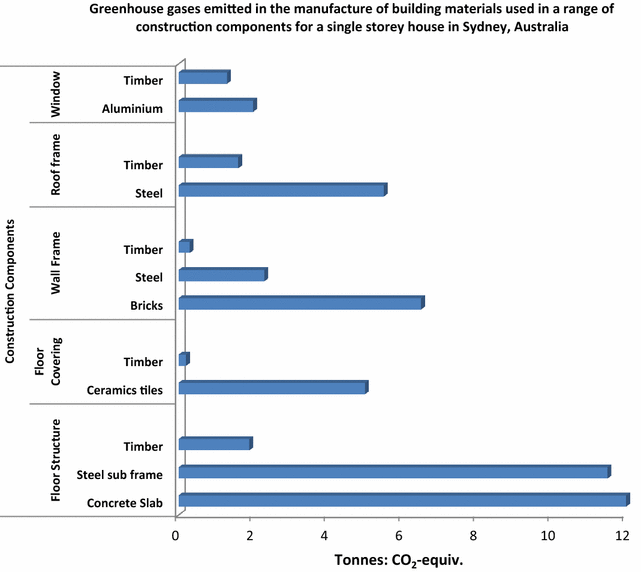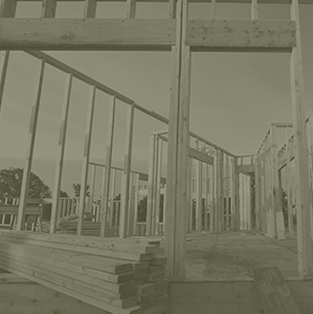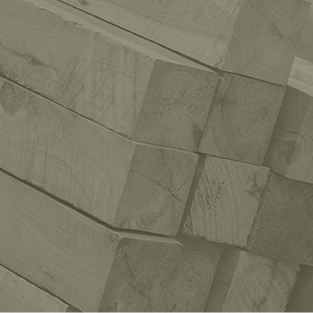Why can choosing timber in design and construction help tackle climate change?
The most important reason timber can help tackle climate change is the fact that wood stores carbon.
Growing trees absorb dioxide from the atmosphere, emit oxygen and store carbon. Carbon then remains locked in the wood for the life of the piece of timber, until it rots, decays or is burnt. The burning of waste results in no carbon saving, this is because wood that is burnt to waste is treated as carbon neutral under carbon accounting rules, which recognises that the carbon that is released was taken up from the atmosphere initially as a normal part of the carbon cycle.
“In Australia, the net emissions of greenhouse gases from land use, land-use change and forestry in 2004 were 4.3 million tons of CO2-e, as calculated under the United Nations Framework Convention Climate Change National Greenhouse Gas Inventory reporting framework.”
In the same year (2004) the growth of trees in plantations and commercial forests in Australia, removed about 89.2 million tonnes of carbon dioxide from the atmosphere.
Wood products do not only store carbon from the atmosphere, but they also have other important environmental advantages over alternative building materials, such as:
• Wood is a renewable resource
• Comparatively small amounts of energy are used in the manufacture of most wood products.
• The residues generated during the manufacture and processing of wood products can be used in several forms, including replacing fossil fuels to generate energy.
• About 31 per cent of the energy used by the pulp and paper sector comes from renewable sources.






